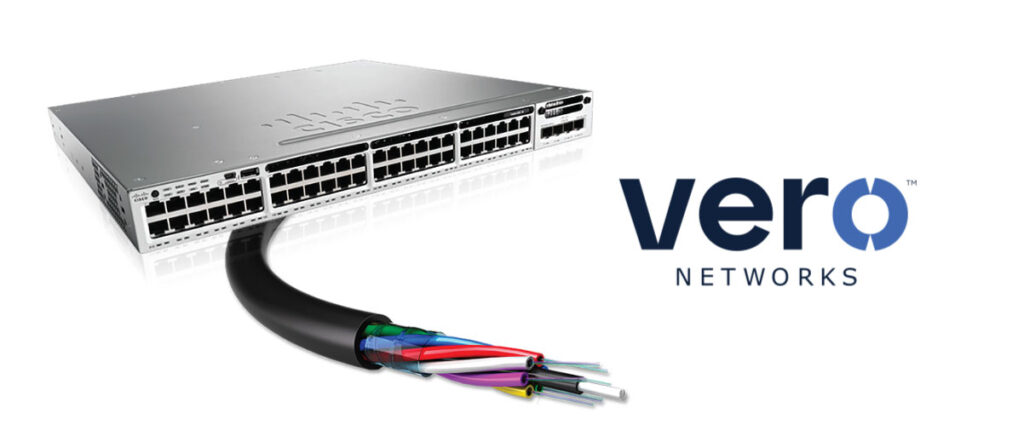
HUMBOLT COUNTY, CA – Vero Networks, among other companies, are working to expand connectivity in California by building fiber networks inland as new subsea cables make landfall on the coast. These efforts aim to bring new connectivity to more places, including traditionally underserved areas, and support government broadband initiatives. Specifically, Vero Networks has been constructing networks in the Arcata Bay area and the City of Arcata, making the new connectivity available in these regions. One notable example of this is Cal Poly Humboldt, which has immediately put the capabilities of the new network to use.
“We are grateful for these partnerships. There are many scientific and environmental opportunities that will directly benefit from this new infrastructure!” said Connie Stewart, Executive Director of Initiatives for Cal Poly Humboldt.
How Fiber is Used for Earthquake Detection
Fiber optic cables have long been used as a means of transmitting data over long distances, but they have also been found to have a unique ability to detect earthquakes. The principle behind this is based on the fact that fiber optic cables are extremely sensitive to strain and can detect even the slightest movement in the earth.
Earthquakes are caused by the movement of tectonic plates and result in the release of energy in the form of seismic waves. These waves travel through the earth and can be detected using seismographs, which measure the ground motion. However, seismographs are typically installed in a limited number of locations and may not provide accurate information about the intensity and location of an earthquake.
Fiber optic cables, on the other hand, are installed in vast network across the world and can provide a much more extensive coverage of an area. The fibers in these cables are made of glass or plastic and are extremely thin, measuring just a few micrometers in diameter. These fibers are also encased in a protective coating that makes them resistant to damage from environmental factors such as temperature changes, humidity, and corrosion.
When an earthquake occurs, the seismic waves cause the ground to move, which in turn causes the fiber optic cables to move as well. This movement is detected by sensors that are connected to the fiber optic cables and can provide detailed information about the intensity, location, and duration of the earthquake. The data collected can also be used to create a map of the affected area and provide early warning to people in the affected region.
Fiber optic cables have proven to be an effective tool for earthquake detection and have been implemented in several regions around the world, including California, Japan, and Italy. The technology is still under development and researchers are working to improve the accuracy and sensitivity of the system.
Overall, fiber optic cables are a powerful tool for detecting earthquakes and can provide valuable information to help protect people and infrastructure from the devastating effects of these natural disasters.


No responses yet